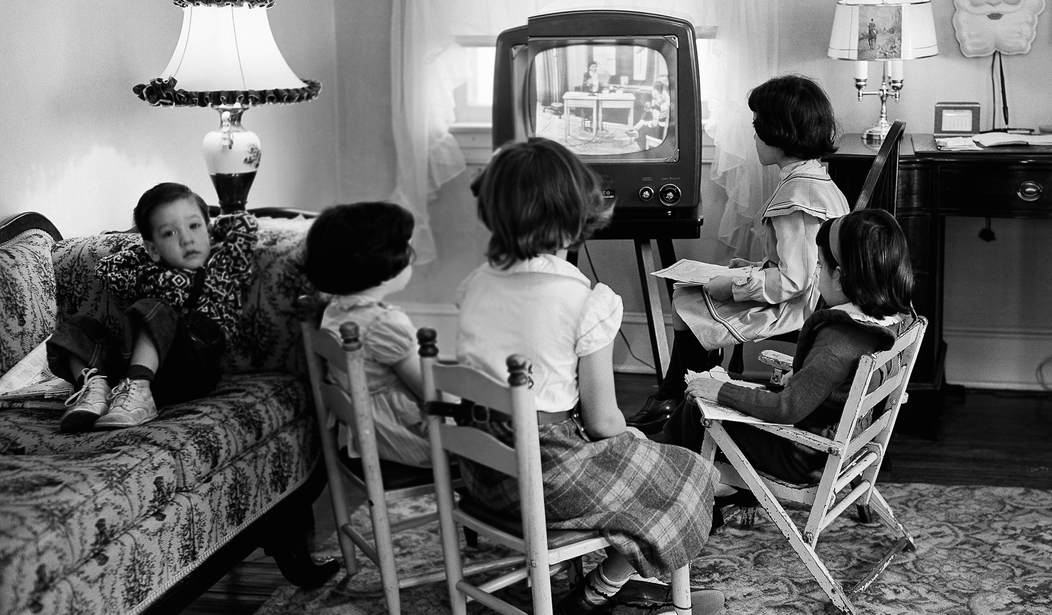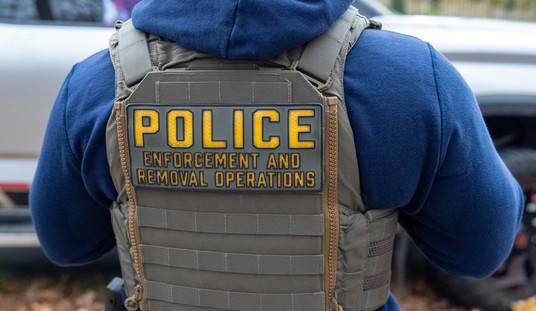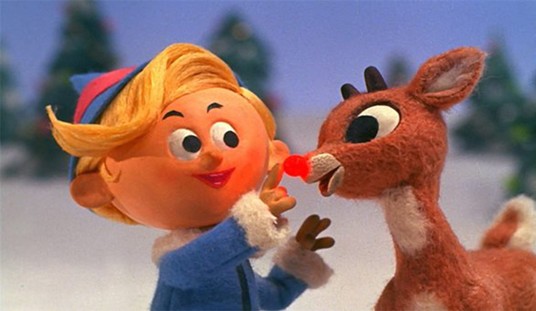I've always considered myself fortunate to have grown up when and where I did, in northeast Iowa's Allamakee County in the '60s and '70s. It was a bucolic childhood; in summers, we roamed the hills, fishing, camping, and just bumming around. Most of the local farmers, if they spotted a few boys crossing their back pasture with .22 rifles, paid little heed; "Oh, I know those boys, they're fine," was the usual comment.
When I was younger, especially in winter when we were more often indoors, I remember rushing to the television every afternoon at 3:30 (a small black and white screen until I was about ten, when my parents bought a big console piece — in color!) to watch "Dr. Max and Mombo," a local afternoon kid's show broadcast out of Cedar Rapids, on WMT-TV.
Meanwhile — actually, a few years later, as I married a younger woman — my wife, growing up in a suburb of Baltimore, was watching "Captain Chesapeake" on WBFF 45 out of Baltimore City.
Now — more years later than I care to contemplate — most, if not all, of these local programs for kids are all gone.
My kids grew up mostly in the Denver, Colorado suburbs, and what television they watched as little tykes were such things as the "Teletubbies" and "Barney"; later, such things as "Spongebob Squarepants" appeared on the screen. But as we had cable programming, there were no local shows for kids; oh, there were local news and sports programs, but if there was any programming like the two noted above, we weren't aware of them. That's a shame. Local programming seems to have largely died out.
So, what happened? Well, three things: cable, and then satellite TV, and the internet.
Before cable television, the broadcast was where it was at — in fact, broadcast was the only place it was at. Every locality had its television and radio stations. Those stations catered to local desires and preferences. It was a more granular world, back then, when every television had either a big rabbit-ears antenna or was connected to a big antenna on the roof. Oh, the local channels were mostly affiliates of the three big networks and ran the network news programming and some prime-time shows, including such memorable shows as "Petticoat Junction" and "The Beverly Hillbillies." But after-school programming was for kids and was largely local. Saturday morning cartoons — remember those? — were often a combination of the two, with network shows like "The Herculoids," "Johnny Quest," and "The Rocky and Bullwinkle Show" having a prime place but local programming still being in the mix.
Came the age of cable! Now, local programming still had a foothold; there were still local access stations that opened up opportunities for many aside from the famous combo of Wayne Campbell and Garth Algar. But the change was underway; now, instead of the three networks (and PBS), we had a plethora of choices, and cable saw the birth of specialty programming, with all-sports channels, all-religion channels, and all-you-name-it channels. This included, of course, kid's programming, produced by corporations instead of local crews, aimed at the national market instead of local. The advent of satellite television just kicked all this up to the next level. And it's important to note as well that, back in the day of three-network (and PBS!) broadcasting, television stations signed off for the night; an insomniac turning on the tube at 2 AM was generally rewarded with a test pattern. But cable and satellite TV ran 24-7, meaning, no escape.
Finally, the internet was the last nail in the coffin of local programming. Now, it was Katie-Bar-the-Door, as any manner of entertainment was available on demand. Now kids can soak up all manner of garbage on YouTube, Netflix, Hulu, and a certain Chinese intelligence-gathering platform I won't name. Parents often have little control. Local children's programming is, for the most part, gone.
That's a shame. Back in the day, Dr. Max, for instance, brought us not only Three Stooges skits and Chuck Jones/Warner Brothers cartoons (Dr. Max invariably and inexplicably referred to them as colortoons) but also local personalities. The Cedar Rapids Chief of Police would appear from time to time to give kids advice, the local Humane Society would bring in animal guests, and of course, for the price of a stamp, you could write into the show, and Dr. Max would wish you a happy birthday on the air. You can't find that kind of programming now — local, tailored to the audience, and intimate in a way that no national programming could ever be.
Now, kids' programming is dominated by major corporations — one in particular — who aren't particularly responsive to parents' wants and wishes. Too many of the big media/sports/entertainment complexes are taking the attitude of "you'll watch what we want you to see and like it, or we'll cancel you — even your kids," and that's just too bad.
I don't see a way to bring back local kid's programming. The best thing we can do, of course, is to parent; read to your kids, be involved in their lives, and be aware of what they are watching and listening to. Expose them to your local traditions and values. Bring them up not only as Americans but as Iowans, or Marylanders, or Alaskans, or whatever your locale may be. That won't replace the old local programming, but in point of fact, it's probably better.















